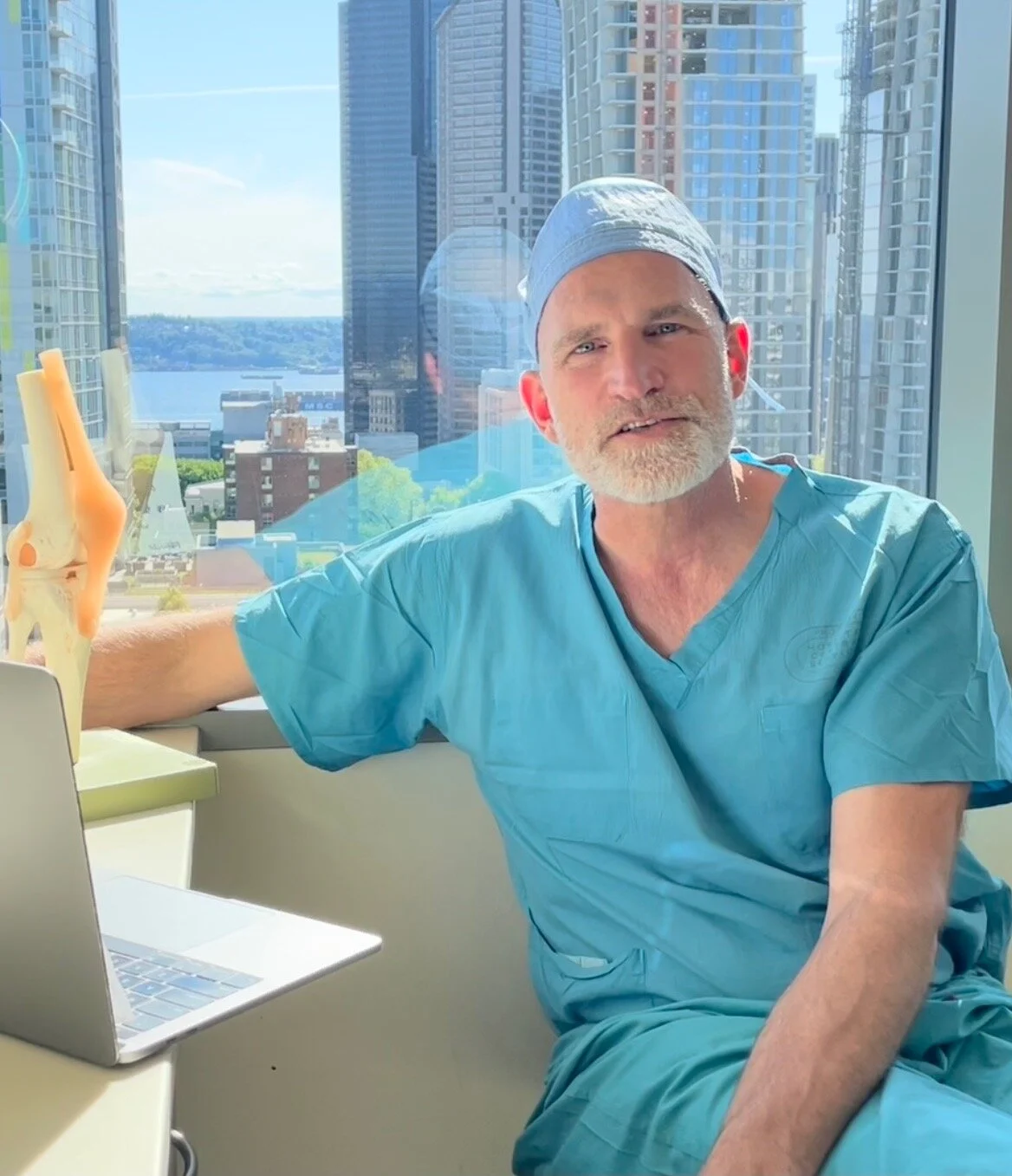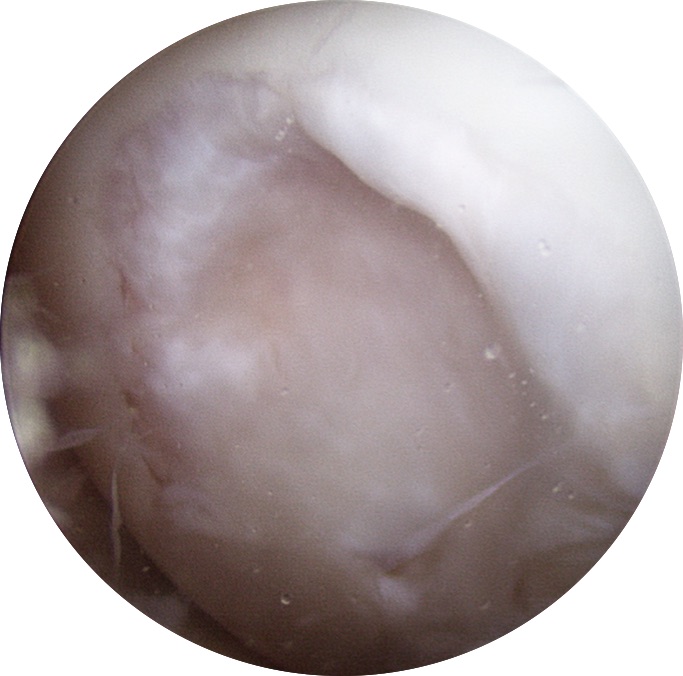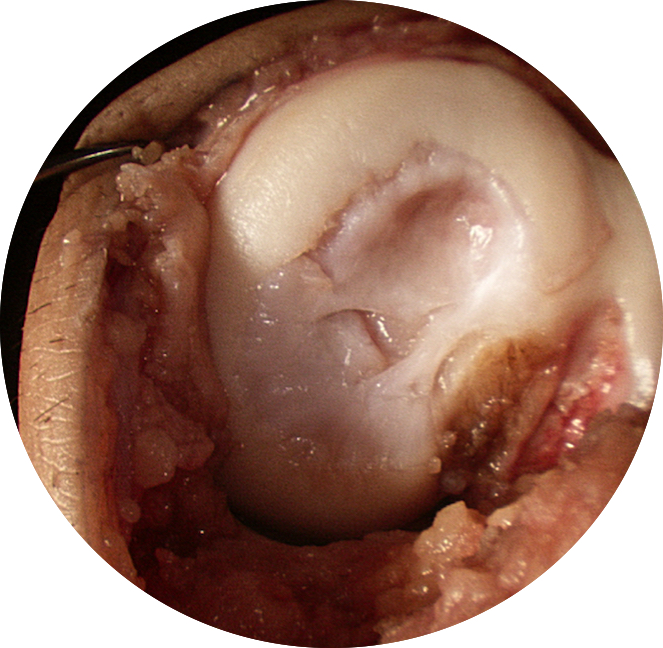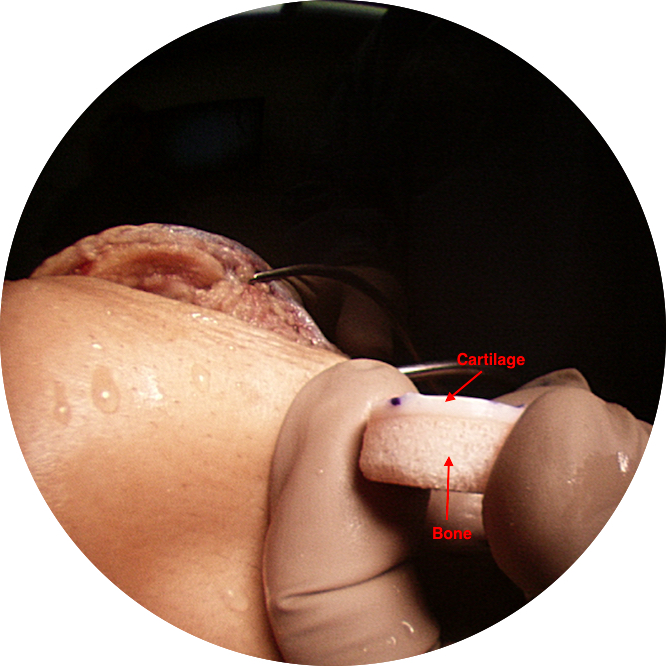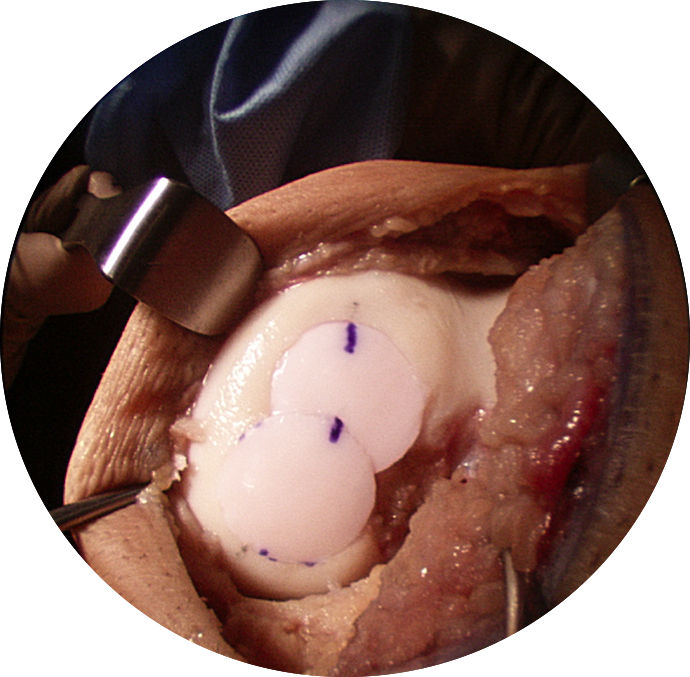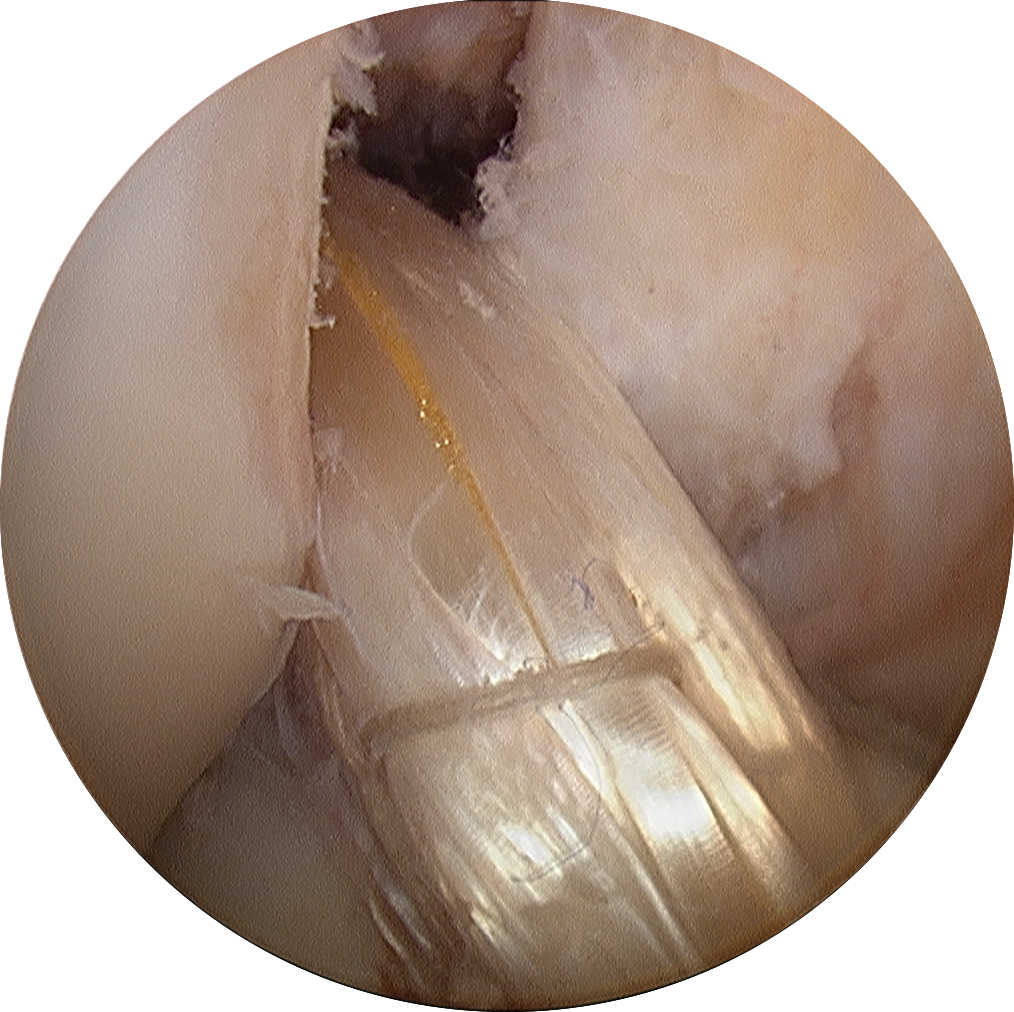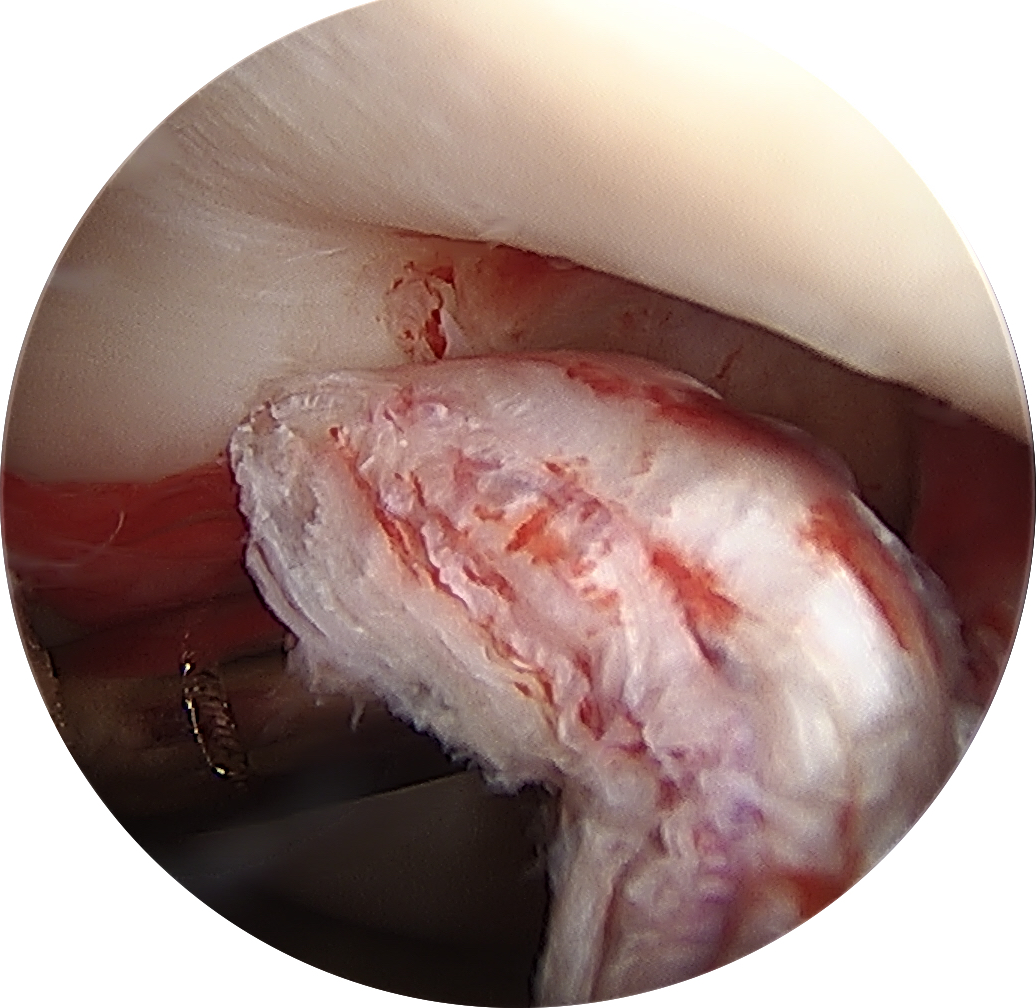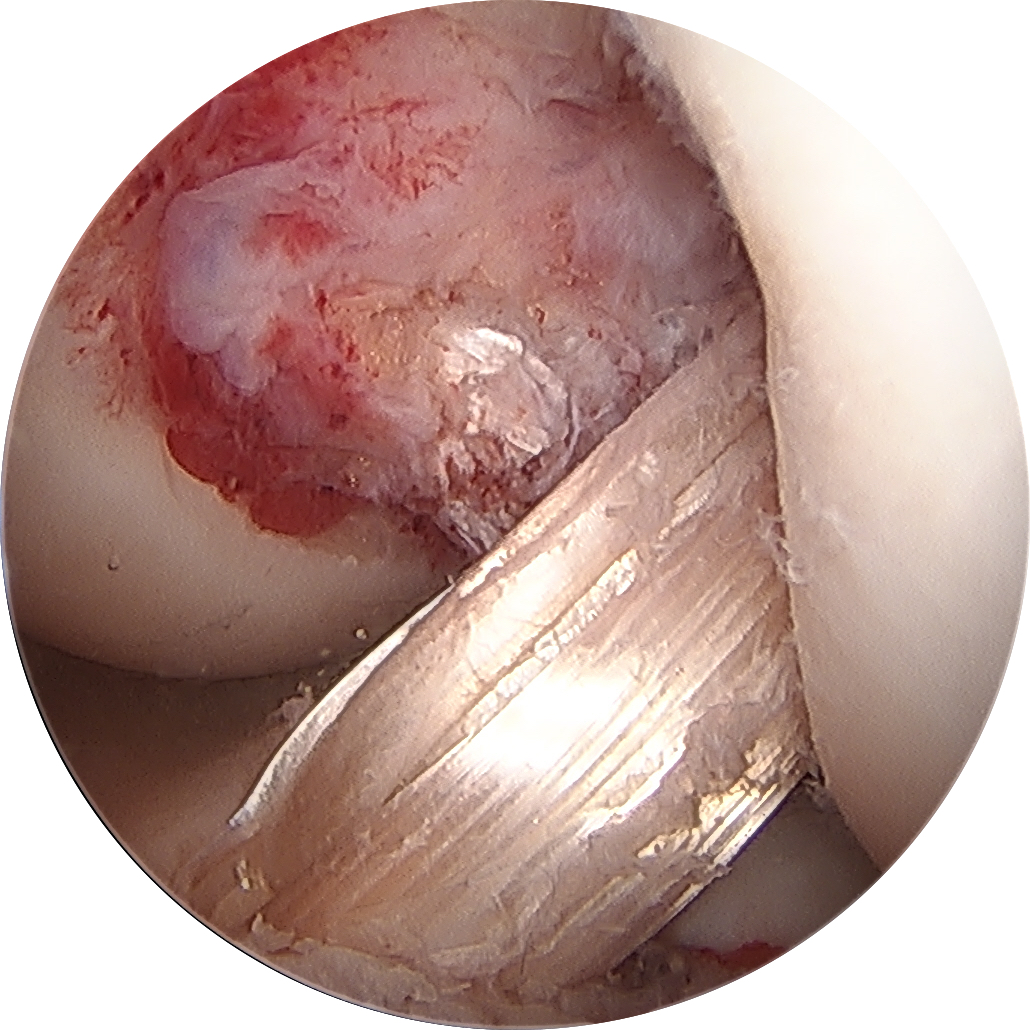An informative webinar about the ACL (anterior cruciate ligament) in the knee, the failures and successes of an ACL reconstruction and details about the anterolateral ligament, extra-articular augmentations and lateral extra-articular tenodesis.
Read MoreOATs | OCA: Osteoarticular Transplant | Osteochondral Allograft
/When a patient has a large cartilage defect in the knee, our preferential treatment is an OATs (osteoarticular transplant) with allograft (donor bone). This technique allows us to resurface a large defect and match the contour of the recipient site. We prefer this procedure over others (microfracture, ACI/Carticel, DeNovo, etc) because it restores the exact architecture of the native bone-cartilage interface (subchondral bone capped with mature, hyaline cartilage with viable chondrocytes). This defect required 2 plugs, which is often called a “snowman” technique.
1️⃣Open findings of the OCD (osteochondral defect).
2️⃣Arthroscopic findings of the OCD (osteochondral defect).
3️⃣Harvested donor "plug”; showing the bone-cartilage interface.
4️⃣The plug is advanced until flush with the surrounding native cartilage.
5️⃣A second 20 mm donor plug is placed to fill the defect.
6️⃣“Profile” of the plugs matching the contour of the native femoral condyle.
Bone-Patellar Tendon-Bone (BTB or BPTB) Harvest for ACL Reconstruction
/This ACL graft involves a bone plug from the tibial tubercle, the central 1/3 of the patellar tendon and a bone plug form the patella.
1️⃣ Patellar Tendon.
2️⃣ Bone plug from tibial tubercle.
3️⃣ We take a small piece of extra bone from the tibial tubercle plug and use it as bone graft in the recipient patellar bone plug site.
4️⃣ Middle 1/3 of the patellar tendon removed.
5️⃣ Closure of the patellar tendon with the knee at 90 degrees of flexion.
6️⃣ Closure of the peritenon with the knee at 90 degrees of flexion.
7️⃣ BTB autograft.
8️⃣ Final ACL reconstruction with BTB autograft.
Before + After: ACL Tear + ACL Reconstruction with Hamstring Autograft
/When performing an ACL reconstruction with hamstring autograft (using the patients own hamstring tendons), 2 hamstring tendons are used to make up the graft; the semitendinosus and gracilis. The 2 strands of tendon are sewn together to make one bundle. Then the bundle is folded onto itself, essentially making a 4-strand graft.
How does age influence ACL graft choice?
/There are no absolutes about who is ‘too young’ or ‘too old’ to consider reconstruction, the decision should really be made with respect to how knee instability affects a person’s ability to remain active and healthy.
Read MoreHow do pre-existing conditions influence ACL graft choice?
/There are some knee conditions that in my practice are “deal-breakers” for using particular ACL grafts.
Read MoreHow does patient activity level influences ACL graft choice?
/In a room full of orthopaedic surgeons, you can’t throw a cat without hitting a few docs who have torn their ACL’s and never had them reconstructed. Why? Because a lot of orthopaedists don’t regularly participate in sports that involve rapid direction change, cutting, jumping, landing or pivoting; and if you don’t do those things, the likelihood that you’ll experience knee instability is low.
Read MoreHow does being a female influence ACL graft choice?
/Multiple studies have demonstrated that females have a 4x to 10x higher risk of ACL-injury compared with same-sport males, and up to 4x higher rate of re-injury or further surgical treatment after they’ve undergone ACL reconstruction.[i]
Read MoreACL Graft: Allograft
/The allograft is the “Honda scooter of grafts” – It is easy to drive, you can park it anywhere, it’s dirt cheap with respect to graft pain, but they don’t work well to haul things or race, and there might be some reliability and safety issues. You might not want it as your only vehicle.
Read MoreACL Graft: Quad Tendon Autograft
/The QT graft is a little like a “Hybrid Hatchback of grafts” – it actually does a lot pretty well, but not everything, not very ‘costly’ in terms of pain, but a lot of people just never think about buying one.
Read MoreACL Graft: Hamstring Autograft
/Hamstring autograft is the “4WD SUV of grafts” – It is reliable, it is flexible, it is a workhorse that works great for most people with few exceptions (from taking out the groceries all the way to tennis practice to the marathon). It isn’t too ‘costly’ with respect to pain or arthritis, but high performance individual, elite athletes and folks exposed routinely to contact sports might be looking for a little more.
Read MoreDo I need to have ACL surgery?
/Not everyone who has an ACL tear needs to have ACL surgery; so, before signing up for surgery to reconstruct your ACL, think about your activity level, current level of function and comfort, activity goals, etc and decide with your surgeon what the best treatment option is for you and your knee.
Read MoreHow successful is ACL reconstruction, really?
/ACL reconstruction...as good as it is, it is still not perfect. ACL reconstruction is one of the most successful procedures we have in orthopaedics, that is, depending on the type of patient...
Read More
